
Modern vehicles activate maintenance lights at set intervals, often to lure you back to the dealer for routine—and profitable—service. Think of it like your car sending you a text saying, “Hey, long time no see! How about a $200 oil change?” Truth is, you can usually reset that pesky light yourself, right from the driver’s seat. These aren’t just random tips from some shady forum; each one’s been vetted for maximum savings and minimum hassle. Whether you’re a seasoned gearhead or can barely tell a wrench from a lug nut, these insights will hand you the keys to car maintenance mastery.
13. Resetting the Maintenance Required Light
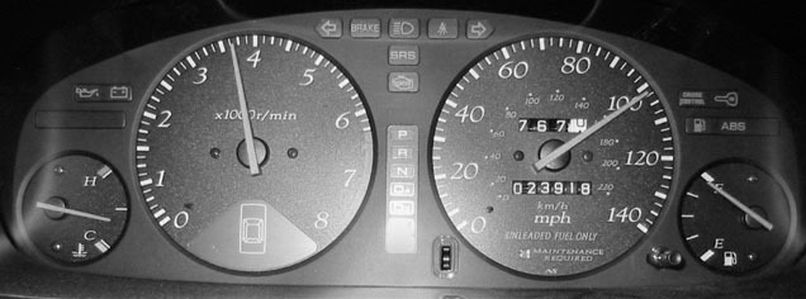
Most dashboard warning lights are just automakers subtly nudging you back to the dealership.
More often than not, that insistent “maintenance required” light—which pops up roughly every 15,000 miles—is just a passive-aggressive reminder for an oil change. You can reset it yourself, saving a trip to the dealer.
Changing your own oil and then being harassed by that blinking light as you drive? There are instructions in the vehicle’s manual to handle it yourself. Also, consider investing in an OBD2 scanner, which connects to your car’s computer and helps diagnose issues. These scanners cost less than a fancy dinner and are compatible with vehicles built since 1996, so you can tell the difference between a loose gas cap and something that actually requires panic.
12. Bleeding the Brake System During Pad Replacement
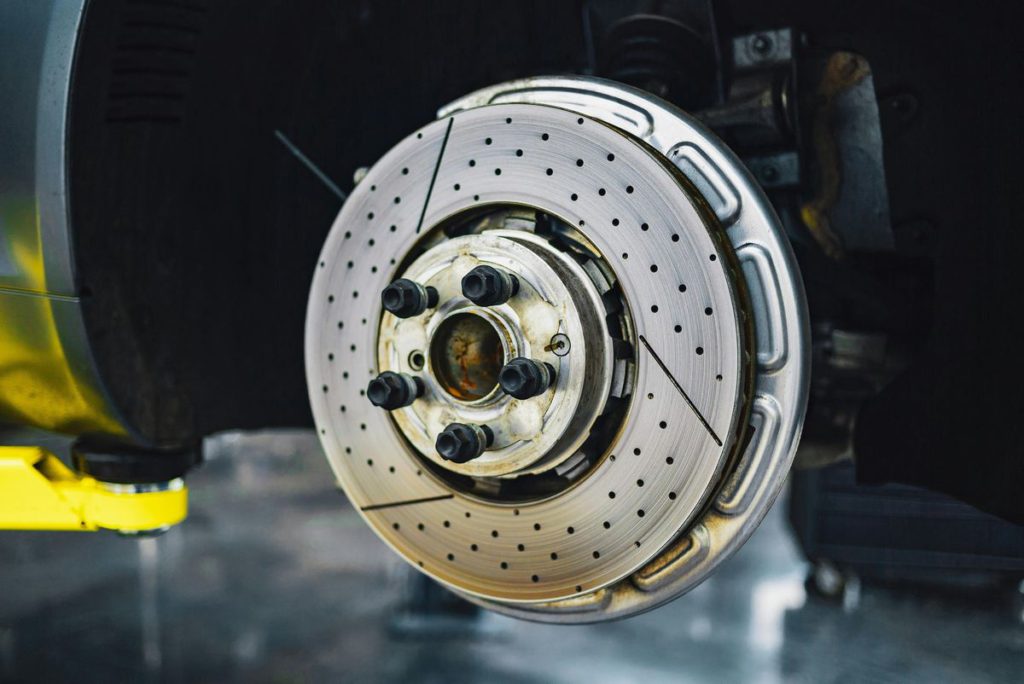
Opening the bleeder valve while compressing the caliper prevents old fluid from damaging your ABS module.
Mechanics know this, but you probably don’t: opening the bleeder valve while you compress the caliper prevents old fluid from screwing up your ABS module. That nasty fluid isn’t just gross—it’s a ticking time bomb for your brakes.
Fresh fluid keeps things smooth and responsive, while neglecting this step is like skipping therapy—seems fine at first, until you’re sobbing on the side of the road with a $1,000 ABS repair bill.
11. Fuel and Oil Additives
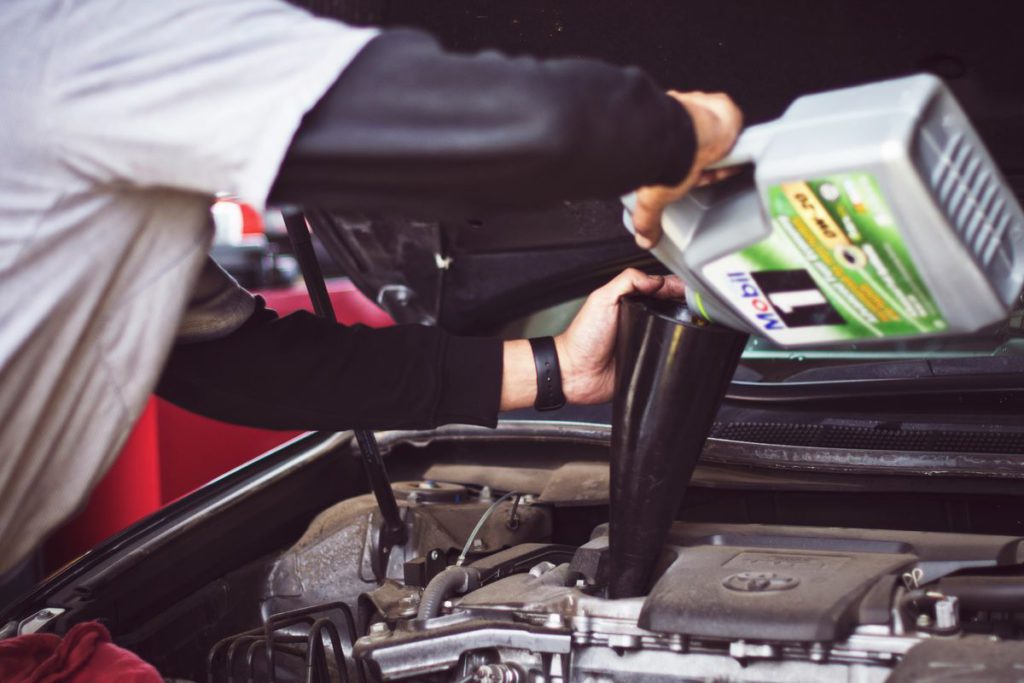
For most gasoline vehicles, commercial fuel already contains necessary additives.
Modern engine oils are also packed with high-tech chemicals doing their best Avengers impersonation, so most additives are about as useful as a screen door on a submarine. Diesel engines get a slight pass because additives can prevent gelling in cold weather or clean injectors—they’re basically the Windex of diesel maintenance.
Still, if your jalopy’s fuel is sketchier than a conspiracy theorist’s whiteboard, additives like Techron or Seafoam might give it a Beyoncé-level glow-up. Just know your car’s specific needs better than your ex knew your dating profile, and avoid blowing cash on snake oil.
10. Coolant Level Checks
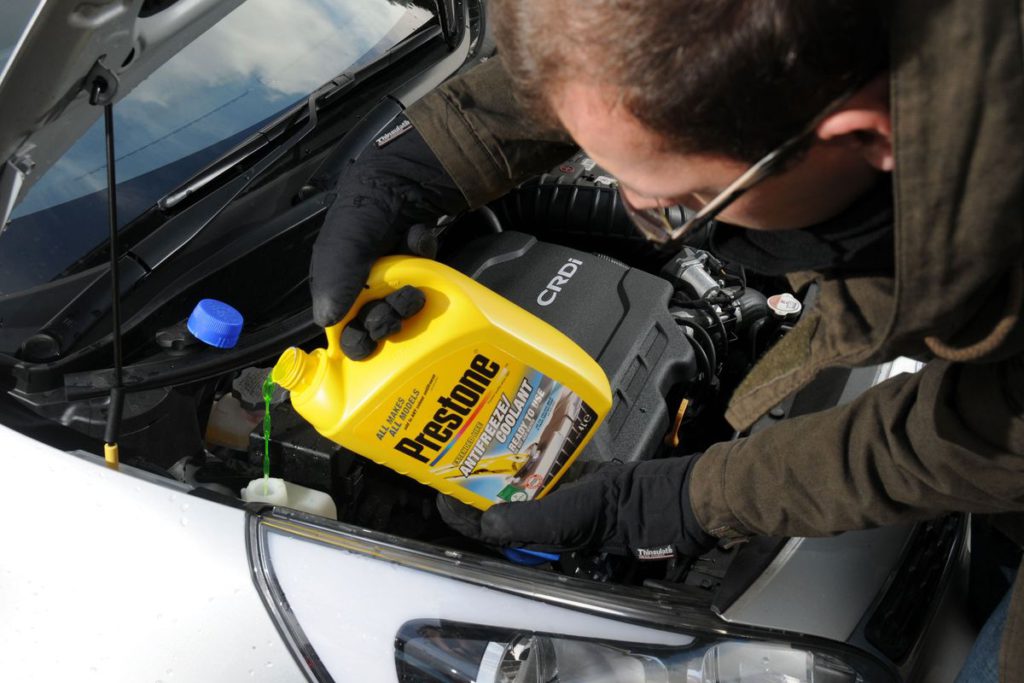
Cold air from the heater often indicates low coolant—not a failed heater core.
Shivering while driving because the heater’s blowing cold air? The real culprit usually isn’t a busted heater core but low coolant levels. The heater core—essentially a small radiator—needs hot coolant to do its job.
When levels dip, air gets in, and instead of cozy warmth, you’re left channeling Jack Torrance in The Shining. Before you start ripping out the dashboard, pop the hood. Topping off the coolant reservoir might just save your morning, and your fingers.
9. Car Battery Shelf Life and Care
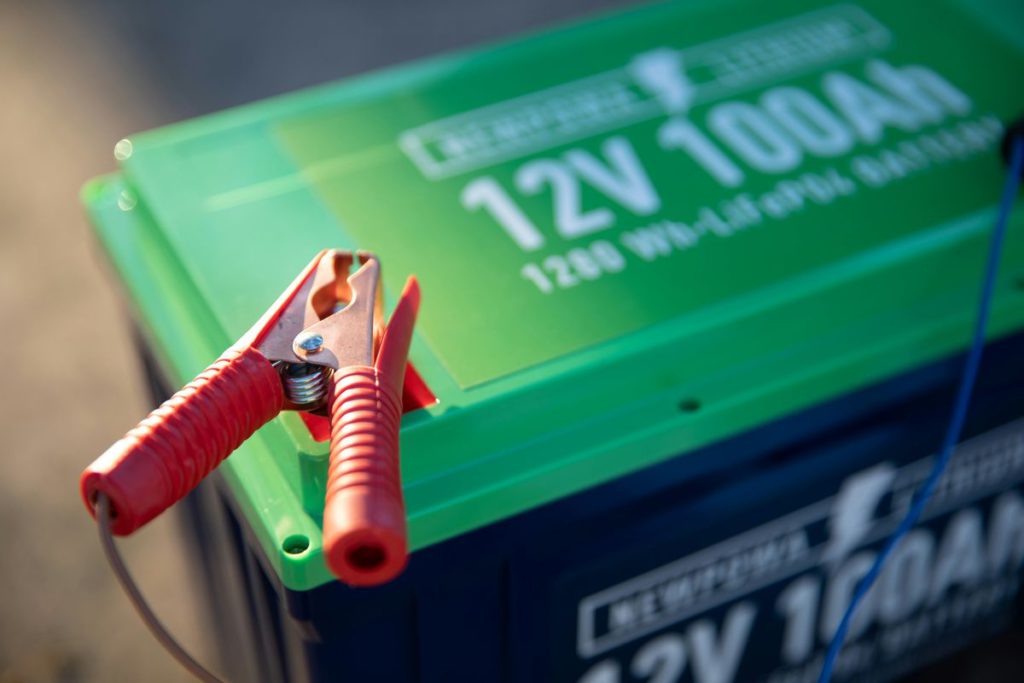
Car batteries degrade even when sitting unused, so buy fresh and charge before installation.
Car batteries don’t age like fine wine; they degrade even when they’re sitting unused. Before you slap that bad boy into your ride, check the manufacturing date, which should be less than a month old. Nothing screams “Monday morning” like discovering your big box bargain battery is DOA.
Source your battery from a dealer with high inventory turnover for a fresher cell. Give that new battery a quick charge—1-2 hours—before installation to give it a head start, like pre-gaming before the party. Also, clean those terminals for a solid connection, which minimizes starting issues.
8. Spark Plug Inspection and Replacement
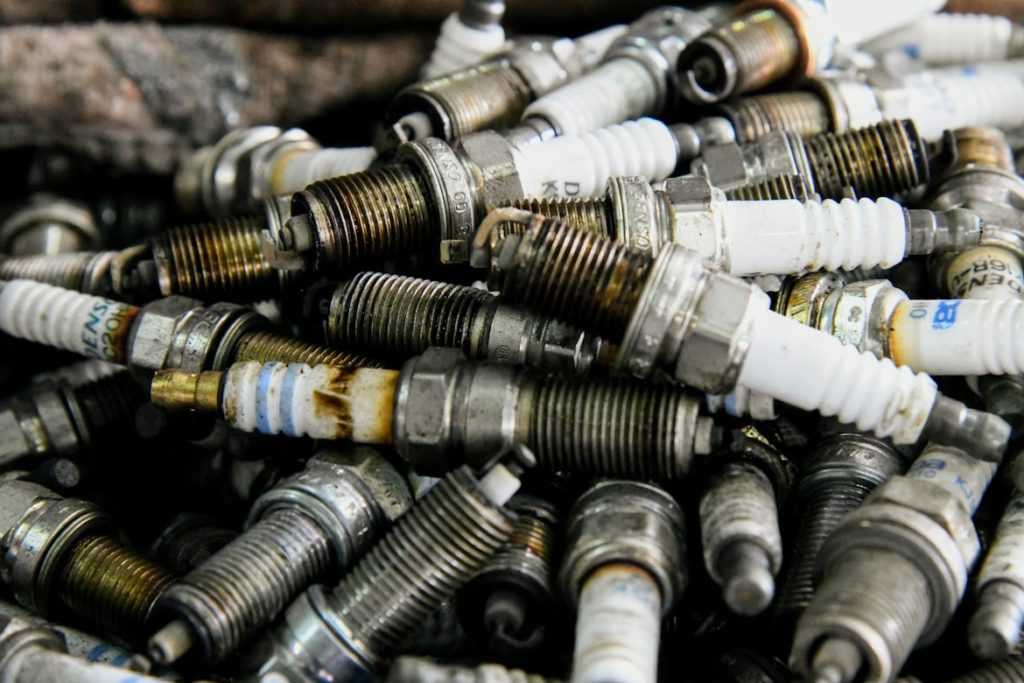
Modern spark plugs can last up to 100,000 miles, but periodic checks prevent misfires.
You know that feeling when your car suddenly starts acting like it’s auditioning for The Fast and the Furious: Tokyo Drift with all the wrong moves? You should still inspect spark plugs regularly for wear or carbon buildup—think of it as a wellness check.
Worn plugs cause misfires and reduced fuel efficiency, and sluggish starts indicate it’s time for a change. If you’ve noticed your car’s acceleration resembling that of a caffeinated sloth, and it’s idling rough enough to rattle your teeth, it might be time for replacement.
7. Avoiding Overfilling the Gas Tank
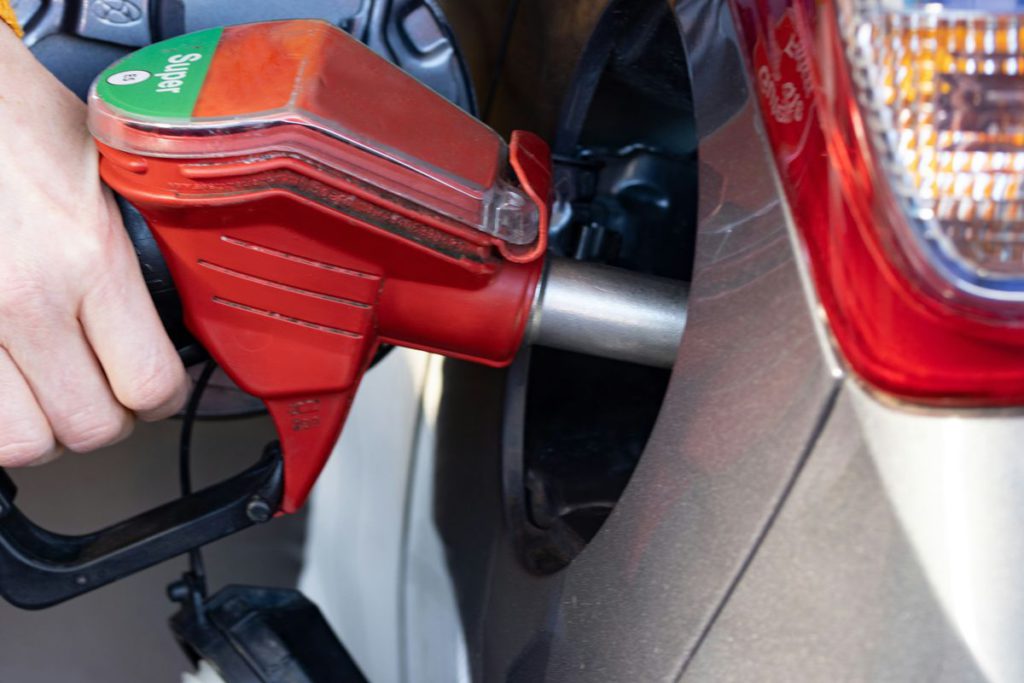
Adding gas after the pump clicks off can damage vapor recovery systems.
Adding more fuel after the pump clicks off can feel like getting a little something extra, but it’s more like picking up a hitchhiker with a contagious disease. Fuel spills damage the vapor recovery system—a vital part of modern cars that captures gasoline vapors and returns them to the tank.
You’re at the pump, the tank’s nearly full, and you’re tempted to squeeze in every last drop. Stop when you hear that click. Continuing to pump fuel past that point is wasteful, damages your car, and dumps gasoline fumes into the air—a triple threat no one needs.
6. Regular Air Filter Changes
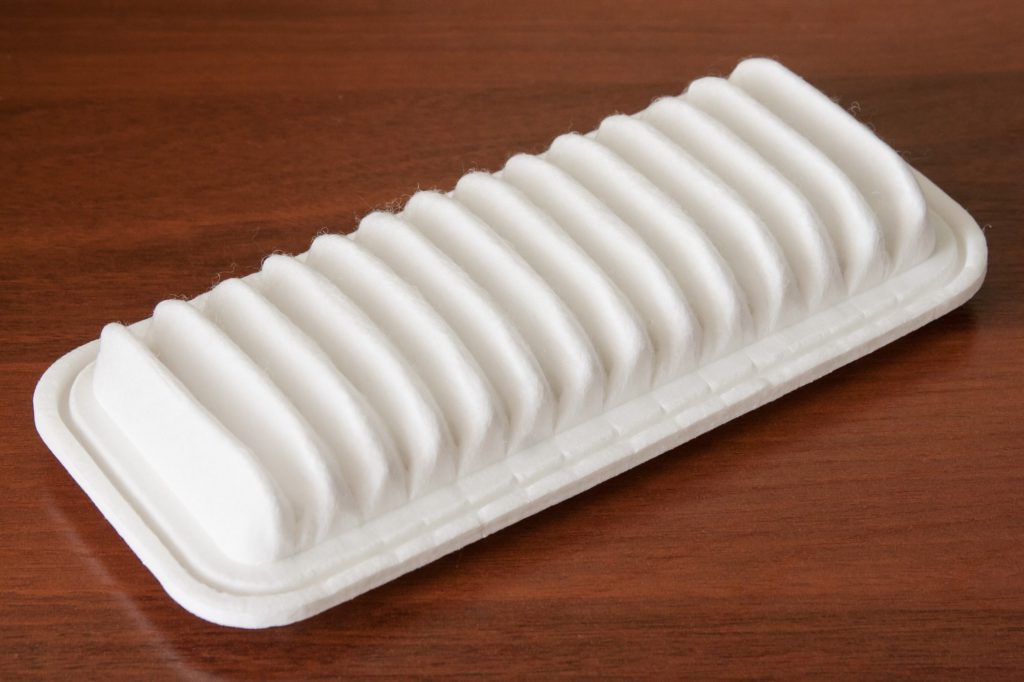
Dirty air filters significantly reduce performance and fuel economy.
Picture your engine trying to breathe through a vacuum cleaner bag—that’s what a clogged air filter feels like. Dirty air filters are like that deadbeat roommate who’s costing you money. Mechanics recommend swapping those filters every 12,000 to 15,000 miles, and they’re not wrong.
Make it a habit to peek at the filter during routine checks. Swapping that grimy thing for a fresh one boosts performance, saves gas, and prevents overlooked restrictions. A clean filter is the equivalent of your engine exhaling after holding its breath underwater.
5. PCV Valve Maintenance

The PCV valve prevents pressure buildup and sludge; replacement is quick and affordable.
Your engine’s breathing, but instead of fresh air, it’s choking on its own fumes. The PCV (positive crankcase ventilation) valve regulates harmful gases and prevents pressure buildup, which is kinda important. A clogged PCV valve is like a blocked artery, leading to rough idling and oil consumption.
You can head off those problems by checking it every 10,000 to 15,000 miles. Replacement is simple and affordable—chump change compared to engine repairs. Give it a shake; does it rattle? Blow air through it; does it flow? If not, replace that sucker to prevent misfires and sludge buildup.
4. Engine Oil and Transmission Fluid Changes
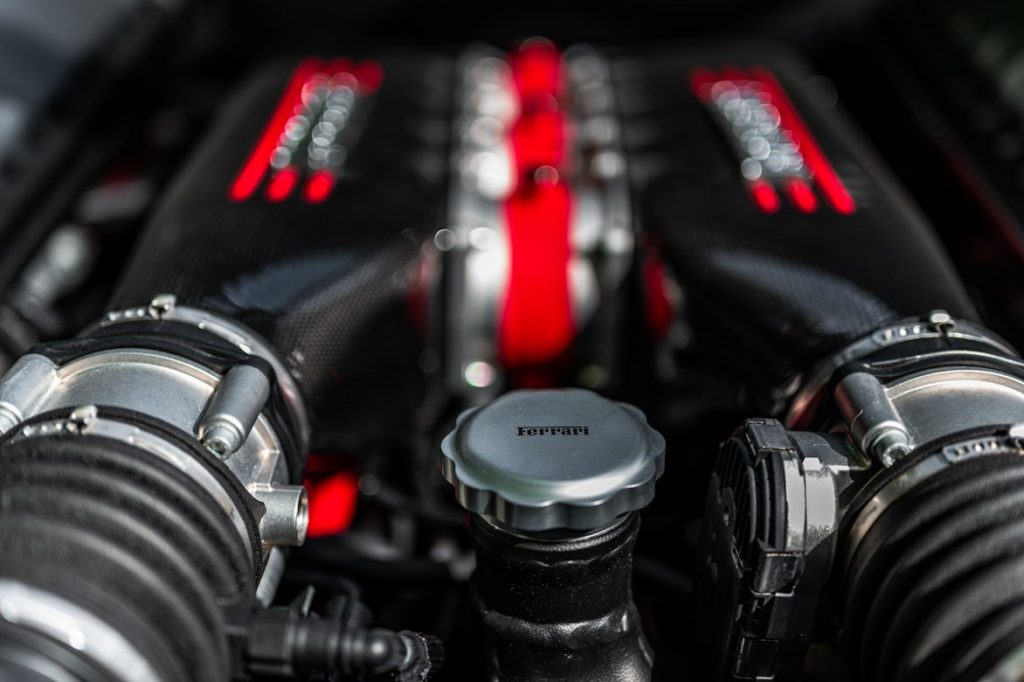
Modern oils last longer than the old 3,000-mile rule, but follow your owner’s manual.
Anyone who’s ever bought a used car knows that the previous owner’s maintenance claims are basically fairy tales. Modern synthetic oils can stretch to 7,500 miles, but highway cruising merits a peek closer to that mark. It’s tempting to coast on that, but sludge buildup is the mechanical equivalent of forgetting to pay your taxes.
Transmission fluid changes? You’re supposed to change that every 30,000 to 60,000 miles, especially if you’re hauling or stuck in stop-and-go traffic. Before you start thinking you’re an engineer, crack open your owner’s manual and do it by the book.
3. Tire Pressure and Rotation
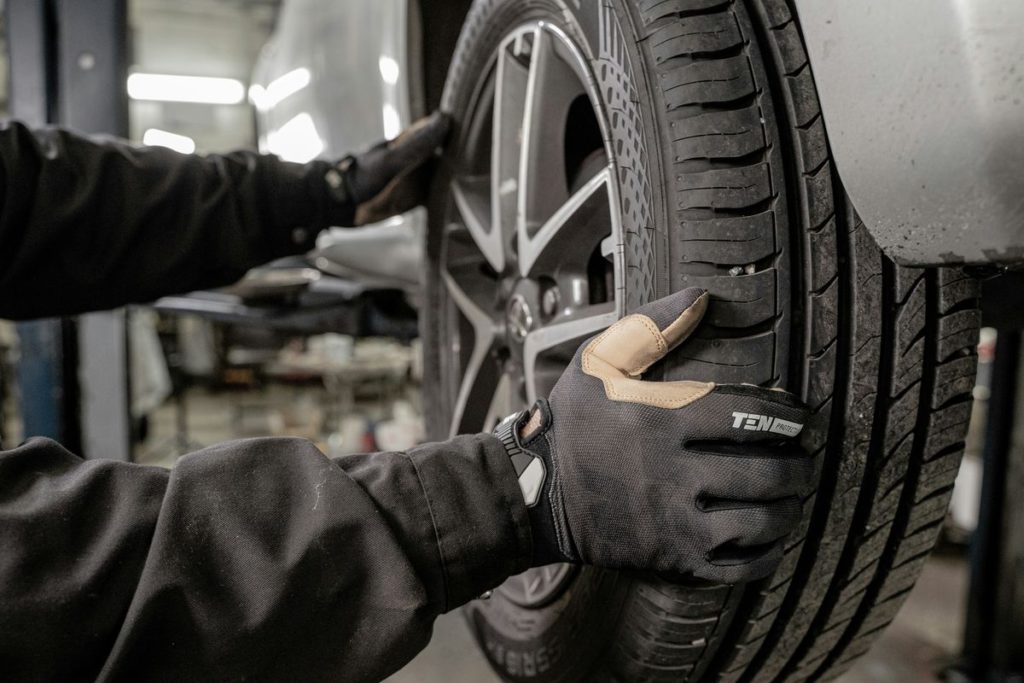
Proper tire inflation affects everything from comfort to performance and fuel economy.
Most cars require between 28 and 36 PSI, so keeping your tires properly inflated is like ensuring your shoes fit right. Neglecting this monthly ritual is like ignoring the “check engine” light—a small issue snowballs into bigger problems. Tires naturally lose about 1 PSI each month.
Rotate those tires every 5,000 to 8,000 miles. You’ll not only dodge uneven wear but also save some fuel, making your wallet and the planet breathe a little easier. Consider it automotive yoga: stretch those tires’ life and avoid unnecessary drama.
2. Brake Fluid Maintenance
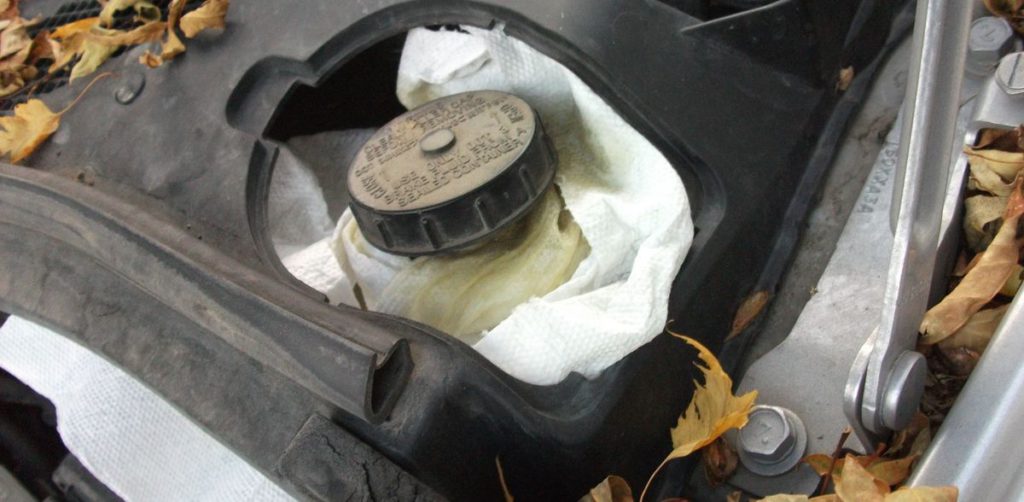
Brake fluid absorbs moisture over time, which can cause corrosion and brake fade.
Brake fluid isn’t exactly thrilling, but you should replace it every 2 to 3 years if you want to keep your foot off the floorboards. This stuff attracts moisture like a Kardashian attracts cameras, which can lead to corrosion and less effective brakes. Water boils before brake fluid does, and who wants spongy brakes when they’re barreling toward a red light?
A quick peek can save trouble and money. Brake fluid is hygroscopic (that means it sucks up water), so swapping it out prevents future brake fade. Plus, you’ll have one less thing to worry about.
1. Belts and Hoses for Wear and Tear
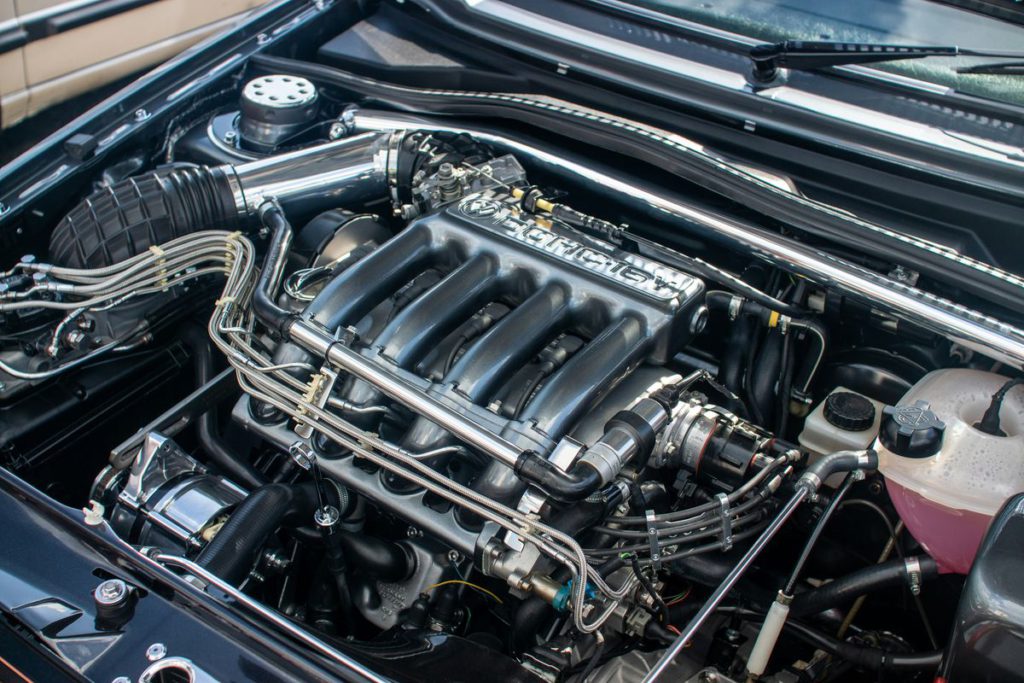
Routine monthly spot-checks can prevent stranding breakdowns and catastrophic engine damage.
Routine monthly spot-checks can save your ass from a roadside rendezvous with misery. A quick peek involves checking belts for cracks or fraying and hoses for bulges and leaks. They’re feeling for soft spots, which is tech-speak for impending doom.
Ignoring this simple task is like playing Russian roulette with your engine, because replacing worn belts and hoses is way cheaper than an engine repair or calling a tow truck. You know what’s even cheaper? Doing it yourself, and pocketing the labor for a nice steak dinner.
Last modified: November 20, 2025







